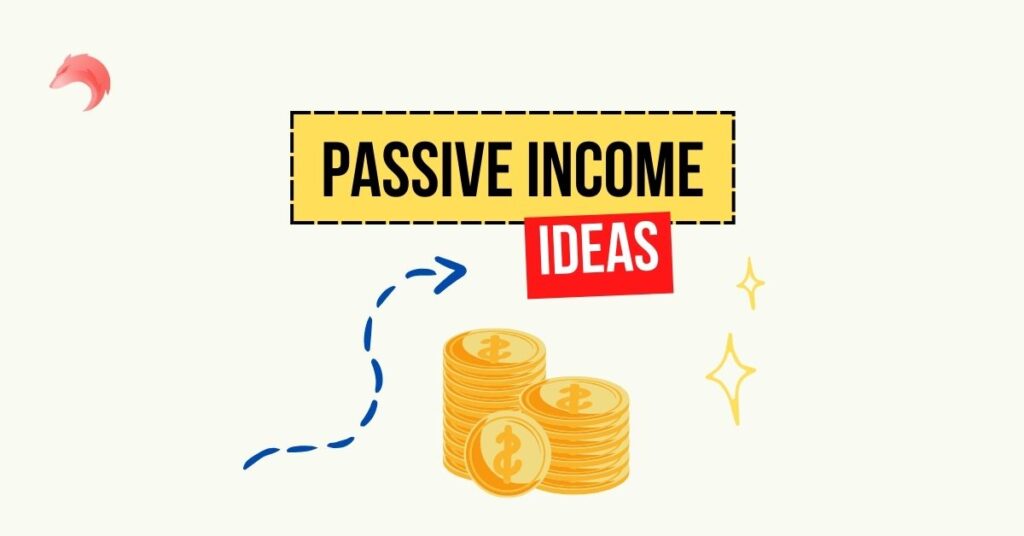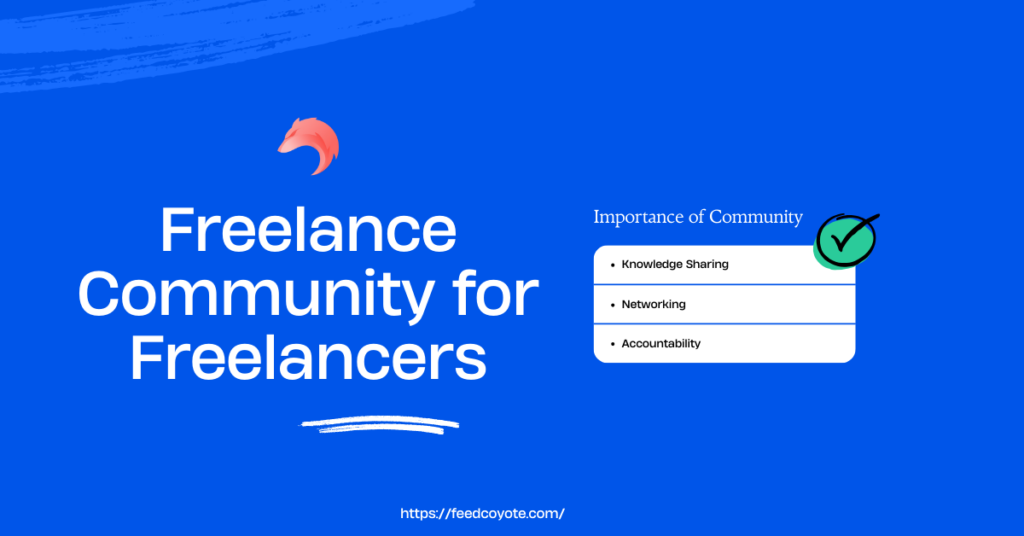Freelancing has become a popular option for professionals looking to expand their income or explore new career opportunities. Everyone having interest in freelancing wants to know how to become a freelance, In this article we will provide you everything you need to become a Freelancer with pro tips.
With the rise of remote work and digital platforms, it has never been easier to start a side hustle as a freelancer. Whether you want to pursue your passion project, monetize your skills, or simply have more financial flexibility, freelancing can provide the perfect solution.
While freelancing offers numerous benefits , such as flexible working hours and the ability to work from anywhere, it also requires careful planning and strategic decision-making. In this article, we will provide you with some pro tips on how to become a freelancer side hustle pro.
The rise of freelancing in today’s gig economy
In today’s gig economy, freelancing has become an increasingly popular choice for individuals looking to earn extra income or pursue a flexible career. The rise of freelancing is not surprising, considering the numerous benefits it offers, such as independence, flexibility, and the ability to work remotely.
One of the main reasons behind the surge in freelancing is the advent of technology and digital platforms that connect freelancers with clients from around the world. These platforms, such as Feedcoyote have made it easier for freelancers to find work and build their client base.
The appeal of freelancing as a side hustle
Freelancing has gained immense popularity in recent years, attracting individuals from various professional backgrounds. The allure of freelancing as a side hustle stems from several factors, making it an appealing option for those seeking additional income or a flexible work schedule.
One of the primary attractions of freelancing is the freedom it offers. As a freelancer, you have the liberty to choose your clients, projects, and even the pay rate that works best for you. This flexibility allows you to pursue your passion projects, work on projects that align with your interests and skills, and set your own schedule.
Additionally, freelancing as a side hustle provides a level of financial security by diversifying your income streams. If you have a full-time job, freelancing can be a great way to earn additional income and build up your savings.
Benefits of Freelancing
Freelancing has become increasingly popular in recent years, with more people seeking the benefits of working independently and pursuing their passions. Whether you’re looking to make some extra money or considering a career change, freelancing as a side hustle can offer numerous advantages. Here are some key benefits of becoming a freelancer:
1. Flexibility in working hours:
One of the most significant perks of freelancing is the ability to set your own schedule. As a freelancer, you have the freedom to work when and where you want, allowing for a better work-life balance. This flexibility is especially beneficial if you have other commitments, such as a full-time job or family responsibilities.
2. Diverse job opportunities:
Freelancing opens up a world of job opportunities that may not be available in traditional employment settings. You can find freelance gigs in various industries and work on projects that align with your skills and interests. This allows you to explore different career paths and expand your portfolio.
3. Potential for higher income:
Freelancing can offer the potential for higher income compared to a traditional job. As a freelancer, you have the opportunity to negotiate your rates and take on multiple clients or projects simultaneously. This can lead to increased earning potential and financial stability. However, to become a successful freelancer side hustler, there are some tips you should keep in mind:
Getting Started
In today’s gig economy, more and more people are turning to freelancing as a side hustle to earn extra income. Whether you want to pursue your passion or utilize your skills, freelancing offers the flexibility and freedom to work on your own terms. However, getting started can be overwhelming. Here are some pro tips to help you make a successful transition into freelancing:
1. Identify your skills and passion:
Before diving into freelancing, take the time to identify your skills and passions. What are you good at? What do you enjoy doing? This will help you determine what services or products you can offer as a freelancer.
2. Build a standout portfolio:
A strong portfolio is essential for showcasing your work and attracting clients.
Once you have identified your skills and passions, it’s time to build a standout portfolio that showcases your work and attracts potential clients. Your portfolio is essentially a visual representation of your capabilities and expertise, so it’s crucial to make it impressive.
Start by selecting your best work samples that highlight the range and quality of your skills. Whether you’re a graphic designer, writer, photographer, or any other type of freelancer, having a portfolio that demonstrates your abilities is key. Make sure to include a variety of projects that showcase different aspects of your work.
Consider creating an online portfolio website or using platforms like Behance or Dribbble to showcase your work. These platforms allow you to easily organize and present your projects in a visually appealing way.
3. Set up a freelancer profile on platforms:
One of the most effective ways to find clients and projects as a freelancer is by setting up a profile on freelancing platforms. These platforms connect freelancers with clients looking for specific services or skills.
Research and choose the right freelancing platforms that align with your expertise and target audience. Some popular options include Upwork, Freelancer, Fiverr, and Toptal. Create a compelling profile that highlights your skills and experience, and clearly states the services you offer. Include relevant keywords in your profile description to improve your visibility in search results.
4. Network and build relationships:
Networking is crucial in the freelancing world. Connect with other freelancers, industry professionals, and potential clients through social media, industry events, and online communities. Engage in conversations, share your expertise, and offer help when needed.
Navigating Freelance Platforms
In today’s digital age, freelancing has become an increasingly popular way to earn extra income or even transition into a full-time career. With the rise of freelance platforms, such as Upwork, Freelancer, and Fiverr, finding clients and securing projects has never been easier. However, standing out in a crowded marketplace can be challenging. In this guide, we will provide you with valuable tips and strategies to navigate freelance platforms and become a side hustle pro.
Choosing the right platform for your skills
The first step in becoming a successful freelancer is to choose the right platform that aligns with your skills and target audience. Research different freelancing platforms and consider factors such as the types of services offered, the user ratings and reviews, the platform’s fees and payment structure, and the level of competition. Look for platforms that have a strong presence in your industry or niche, as this will increase your chances of finding relevant projects.
Crafting an effective profile
Your freelancer profile is essentially your online resume and portfolio. It should showcase your skills, experience, and previous work in a compelling way. Be sure to include a professional headshot, a concise and engaging bio, and highlight your expertise and unique selling points. Use keywords relevant to your industry to optimize your profile for search engines. Additionally, consider adding samples of your work or a portfolio to demonstrate your capabilities.
Managing Finances
Freelancing can be an exciting and rewarding side hustle, but it also comes with its fair share of financial responsibilities. As a freelancer, it’s crucial to effectively manage your finances to ensure the success and stability of your business. Here are some pro tips for managing your finances as a freelancer:
1. Separate Your Personal and Business Finances:
Setting up a separate bank account for your freelance income and expenses is essential for keeping track of your business finances. This will make it easier to calculate your profits, monitor cash flow, and file taxes accurately.
2. Price Your Services Competitively:
Research the market rates for your services and set competitive prices that reflect your skills and experience. Consider factors such as the complexity of the project, the time commitment required , and the value you bring to the client. Don’t undervalue your work, but also be mindful of pricing yourself out of the market.
3. Create and Send Professional Invoices:
When working with clients, it’s important to present yourself as a professional. Use invoicing software or templates to create detailed invoices that clearly outline the services provided, payment terms, and any additional fees or expenses
Time Management Tips
Time Management Tips for Balancing Freelancing with a Full-Time Job
Freelancing can be an excellent side hustle to supplement your income, but managing your time efficiently becomes crucial when juggling it with a full-time job. Finding the right balance between the two is essential to ensure productivity and avoid burnout. Here are some time management tips to help you excel as a freelancer while maintaining your regular job 1. Set Clear Priorities: Determine your most important tasks and prioritize them accordingly. Focus on completing high-priority projects and tasks first, and then move on to lower-priority ones.
Create a Schedule:
Plan out your workdays by blocking off specific time slots for freelancing and your full-time job. Stick to this schedule as much as possible to ensure you allocate enough time for both responsibilities. This will help you stay organized and avoid overlapping commitments.
Delegate and Outsource:
As a freelancer, your time is valuable. If there are tasks that can be delegated or outsourced, consider hiring help to free up more time for client work or other income-generating activities. This could include hiring a virtual assistant, bookkeeper, or social media manager.
Building Client Relationships
Establish Trust:
Building trust is crucial in any client relationship. Be professional, reliable, and deliver high-quality work consistently. Show integrity by being transparent about your capabilities, limitations, and pricing.
Actively Listen:
Pay close attention to your clients’ needs, concerns, and goals. Ask questions to fully understand their requirements and objectives. This will demonstrate that you genuinely care about their success and are committed to meeting their expectations.
Communication Skills:
Effective communication is key to building strong client relationships. Be prompt in responding to emails and messages, and keep clients informed about project progress and any potential issues. Use clear and concise language to avoid misunderstandings.
Upscaling Your Freelance Business
Upscaling Your Freelance Business: Expanding Your Skillset, Increasing Rates as Expertise Grows, and Diversifying Income Streams
Freelancing has become a popular side hustle for many individuals seeking flexibility and the opportunity to work on their own terms. However, if you’re looking to make your freelance venture more profitable and sustainable, upscaling your business is essential. Here are some pro tips to help you upscale your freelance business:
Expand Your Skill Set: Continuously learning and expanding your skillset is essential for staying competitive in the freelance market. Identify areas where you can improve and invest time in acquiring new skills or certifications. This will not only enhance your expertise but also allow you to offer a wider range of services to clients.
Increase Rates as Expertise Grows:
Upscaling Your Freelance Business: Diversifying Income Streams
As a freelancer, one of the key strategies to grow your business is to diversify your income streams. Relying solely on one type of service or client can limit your potential for growth and stability. By offering a range of services and exploring different avenues for generating income, you can increase your earning potential and create more opportunities for yourself
Build Strong Client Relationships: Effective communication is key to building strong client relationships. Be prompt in responding to emails and messages, and keep clients informed about project progress and any potential issues.





